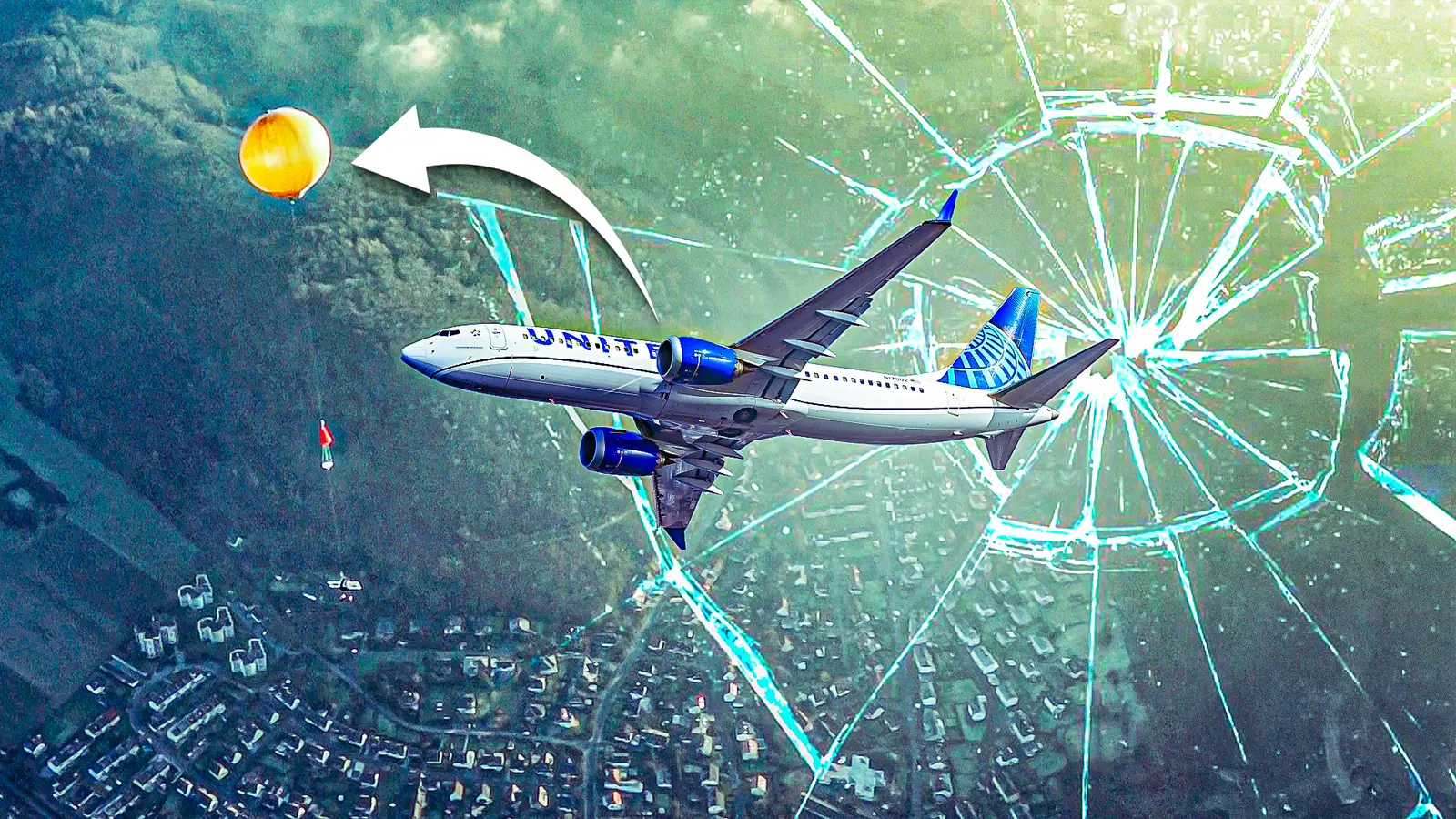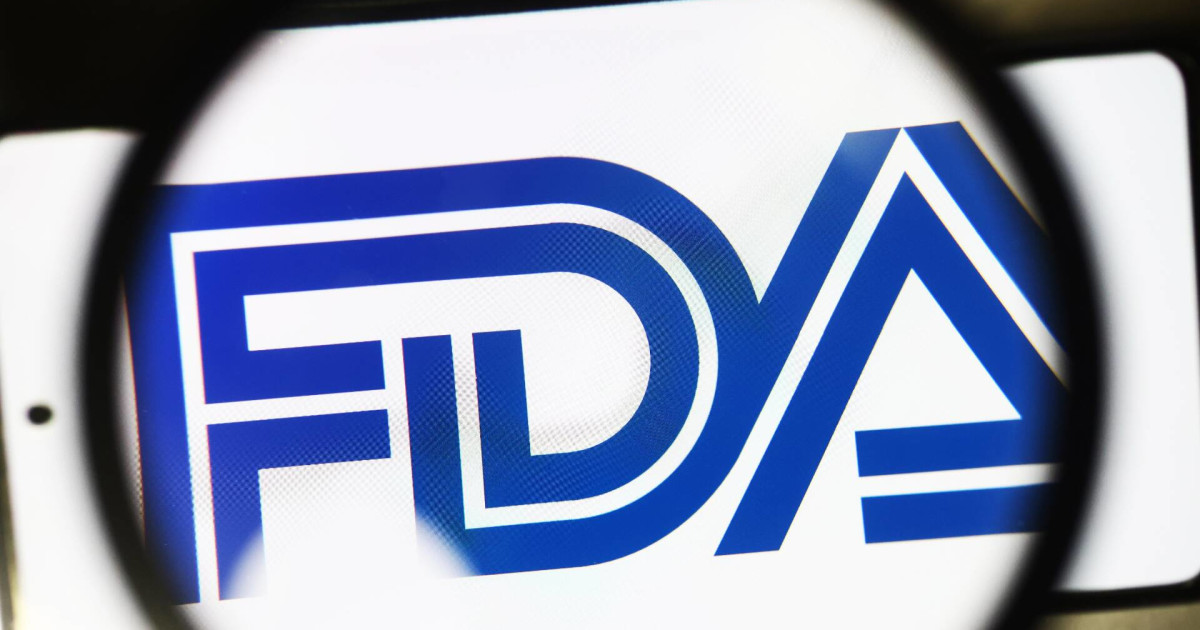Copyright Simple Flying

On the morning of October 16, 2025, a United Airlines flight from Denver to Los Angeles became the focus of an aviation mystery that left regulators, experts, and passengers stunned. While cruising at 36,000 feet, flight 1093 was struck by an object with enough force to crack the aircraft’s cockpit windshield and injure one of the pilots. The Boeing 737 MAX 8 was forced to make an emergency landing in Salt Lake City. In the immediate aftermath, rumors circulated quickly. Was it space debris? A rogue drone? A bird? The truth, it appears, may be more down to earth. A company that builds high-altitude weather balloons stepped forward to say it believes one of its devices might be responsible. The incident triggered widespread discussion about airspace safety and the increasing presence of non-traditional airborne technologies at commercial altitudes. The story of what happened — and what could have happened — continues to unfold as investigators work to confirm exactly what struck the aircraft that day. The Midair Emergency Flight 1093 had departed Denver International Airport with 134 passengers and six crew members on board. The flight, operated by a Boeing 737 MAX 8, was headed west toward Los Angeles International Airport when the incident occurred about 50 minutes into the journey. According to coverage on Fox Weather, the aircraft was flying at its cruising altitude of 36,000 feet when it suddenly encountered a foreign object. The impact shattered one layer of the aircraft’s reinforced windshield, which is built to endure extreme conditions and airborne debris. The force of the strike caused shards of glass to fly into the cockpit, injuring one of the pilots. Despite the midair emergency, the crew remained calm and followed established protocol. The aircraft descended approximately 10,000 feet and diverted to Salt Lake City International Airport, where it landed safely. United Airlines confirmed the incident in a statement, “On Thursday, United flight 1093 landed safely in Salt Lake City to address damage to its multilayered windshield.” Passengers were rebooked on another aircraft and continued their journey to Los Angeles later that day. The injured pilot was treated for minor injuries. In our October 21st article, we reported that the Boeing 737 MAX 8 remained grounded in Salt Lake City for three days before flying to Chicago Rockford International Airport (RFD) for further maintenance. Chaos In The Cabin For those on board, the experience was deeply unsettling. One of the passengers, Heather Ramsey, later described the moments after the impact in detail during an interview with Fox 11 Los Angeles. Ramsey said she had been filming the sunrise out her window when she sensed something was wrong. “One flight attendant raised her voice and told the other, ‘Get back. Get to the back of the aircraft, stop service,’” she recalled. That abrupt shift in the cabin crew’s demeanor was followed by an announcement from the pilot. “The aircraft has collided with an object,” the pilot told passengers over the intercom, according to Ramsey. The lack of specifics about the object led to further concern. “We were all holding our breath until the very end,” she said. “You could definitely feel the tension on the entire aircraft.” As the plane descended rapidly toward Salt Lake City, Ramsey said the possibility of a crash crossed her mind. “It felt like we could go down at any time,” she added. Glass had reportedly scattered across the cockpit, with some of it landing on the pilot and control instruments. According to the New York Post, the pilot was left with cuts on his arms, and images later shared online appeared to show blood on his sleeve and small fragments of glass throughout the cockpit. Passengers were left to speculate. “That seems a little high for a bird,” Ramsey said. “People are saying scrap metal, it could be space debris, drones?” Theories And Uncertainty Experts weighed in with early theories. At 36,000 feet, the likelihood of a bird strike is extremely low. While drones are capable of reaching high altitudes, most consumer and commercial models are not authorized to fly anywhere near commercial airspace. Space debris, while sensational, is highly unlikely. ABC News aviation analyst John Nance provided insight into the mystery: “You're talking about a bird at that altitude. It's very, very rare to say the least. You're talking about maybe a drone, a weather balloon, anything of that nature that has enough mass to be able to cause this kind of shattering.” He added, “This is an extraordinary situation in terms of the glass being able to create any damage at all to the people in the cockpit, and what it might have hit at 36,000 feet. That's really the great puzzle.” The aircraft’s windshield, built with multiple layers of glass and plastic, is designed to absorb impacts without penetrating. Yet this incident pushed that engineering to its limits. The NTSB has since transported the cracked windshield to a lab for forensic analysis. A Surprising Admission On October 19, just three days after the incident, California-based WindBorne Systems issued a statement suggesting that one of its smart weather balloons might have been responsible. "WindBorne began investigating this incident on Sunday, October 19, and we believe that the Foreign Object Debris was likely a WindBorne balloon.” The company shared its preliminary investigation with the FAA and the NTSB and stated that it was working closely with both agencies. WindBorne specializes in long-duration, high-altitude smart balloons used for weather and environmental data collection. According to the company, the balloon in question would have weighed approximately 2.4 pounds at launch, with the weight decreasing over time as components are released. While their balloons are designed to be safe in the event of a midair collision, the relative speeds involved may have created enough impact to crack the windshield. Fox Weather reported WindBorne’s full statement included: “We are grateful that to our knowledge there were no serious injuries and no loss of pressurization.” The company also emphasized that it has “been coordinating with the FAA for the entire history of the company.” WindBorne noted that it issues a Notice to Airmen (NOTAM) every time it launches one of its balloons. Safety Changes Implemented In response to the incident, WindBorne announced that it had made immediate operational changes. As reported in both ABC News and Fox Weather, the company said it had “immediately rolled out changes to minimize time spent between 30,000 and 40,000 feet.” This change took effect immediately. This altitude range is where most commercial aircraft cruise, and minimizing balloon exposure in that corridor could reduce the chances of future collisions. WindBorne also stated that it is accelerating its plans to incorporate live flight data into its navigation systems. This would allow balloons to autonomously avoid aircraft, even if the aircraft is flying at non-standard altitudes. Additionally, the company is exploring hardware redesigns aimed at reducing the magnitude and concentration of impact force. These steps, while reactionary, may serve as a model for other high-altitude technology companies operating in shared airspace. The incident has reignited conversations about how new technologies are monitored and managed in controlled airspace. Weather balloons are not new, but smart balloons with longer lifespans and more complex hardware present fresh challenges. Ramsey, who still has unanswered questions about what struck the aircraft, said she’s trying to make sense of it all. “People are saying space debris, drones, anything,” she said to the New York Post. “It’s just so bizarre.” While WindBorne’s admission may lead to operational reforms, it also raises questions about how effectively unmanned devices are tracked once launched. Even with cooperation and oversight, the potential for incidents like this remains. For now, the FAA and NTSB are continuing their investigations. If WindBorne’s balloon is confirmed as the cause, it would mark one of the first documented cases of a weather balloon striking a commercial jetliner at cruising altitude and causing cockpit injury. The Bigger Picture United Airlines has not released the name of the pilot who was injured, but confirmed that the plane landed safely and that passengers were quickly accommodated. The airline’s swift response and the pilot’s calm handling of the situation were credited by passengers, including Ramsey. “He kept his composure the whole time, even while injured,” she said. As the investigation moves forward, this incident may be remembered not only as a bizarre one-off but also as a defining moment in modern aviation’s relationship with high-altitude technology. Whether weather balloons, drones, or other devices, the sky is no longer the domain of aircraft alone. With more players in the skies than ever before, regulators may soon face pressure to tighten protocols, improve real-time tracking systems, and impose stricter controls on devices operating at altitudes previously considered secure. For Flight 1093’s passengers and crew, it was a close call that ended with a safe landing. For the aviation industry, it could mark the beginning of a long-overdue reckoning with the risks posed by a more crowded, complex sky.



